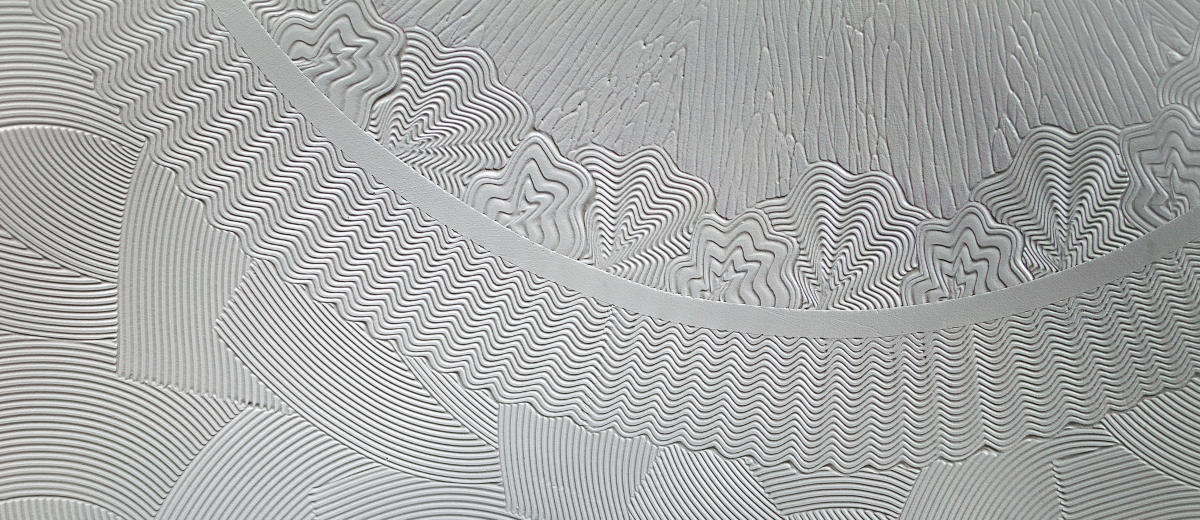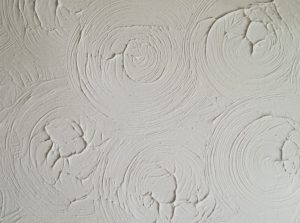Artex can be removed by scraping, steaming or chemical stripping. It can also be plastered over. Caution – some older artex may contain asbestos so always check before you start to work on it.
If you have recently moved into an older property you may be asking how to remove artex.
Artex is a water–based covering, traditionally used to give a decorative finish such as textured ceilings or walls. It is given its textured finish by the use of a brush or a comb. Popular in the 1970s some older artex may contain asbestos, thus shouldn’t be scraped or sanded down without prior advice from an asbestos specialist as this could potentially damage your health. Contact your local council if necessary.
There are several methods for the removal of artex, in this blog we cover a few of them
Steaming
Once confirmed that the artex is asbestos free and can be removed safely it can be steamed off using a wallpaper steamer. This can be a very slow and messy task. It cannot be rushed and you should not leave the steam plate in one place for too long or you could damage the underlying substrate. Place the steamer plate on the surface for several seconds at a time, testing often with a hand held scraper to monitor how soft it is getting and then scraping off once soft enough to do so.
If done carefully you will be able to soak and strip without harming yourself or the surface you are working on.
How to Remove Artex with a Chemical Artex Remover
Chemical stripping is one of the quickest and easiest ways to remove artex. Simply paint the product over the artexed surface, leave in place until it has softened then scrape off.
Durostrip Artex Remover has been developed and is manufactured in Great Britain. This product converts the artex into a soft gel which prevents any harmful dust from forming.
Durostrip has been designed for removing textured coatings which were popular through the 80’s. Since it forms a gel with the artex, it is safe to use as it doesn’t create harmful dust from asbestos.
Plastering
Artex can also be plastered over. Before plastering, any loose artex should be scraped off and any high spots or stipples sanded down. Before doing this it is important to ensure that the artex does NOT contain asbestos.
The wall or ceiling can then be painted with a coat of PVA adhesive diluted 50/50 with fresh water. This will ensure that the plaster adheres to the artex.



